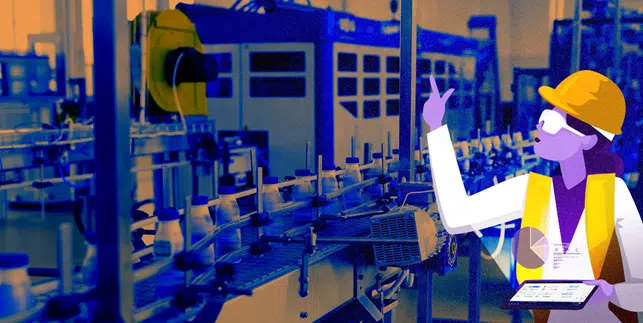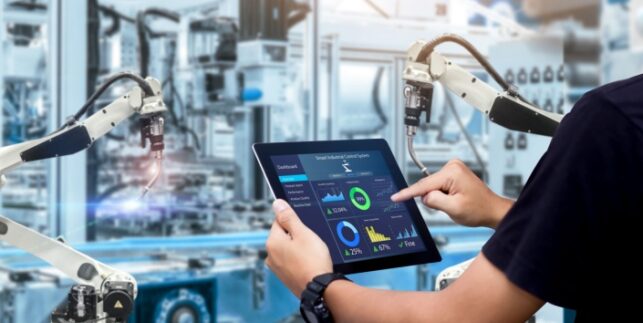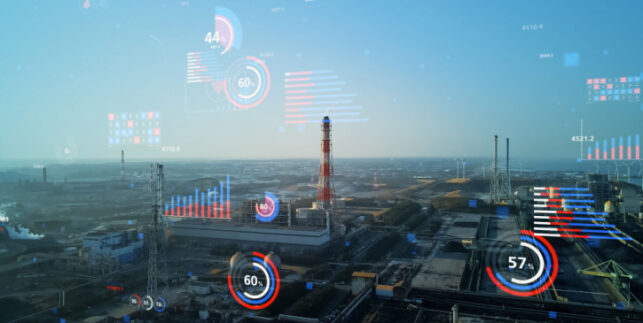Real-time Material Management for Waste Reduction in the Plastic Industry

One of the great challenges in production management is figuring out how to reduce waste in manufacturing. Even if you think your facility is doing well on this front, it is worth considering whether your material usage could be optimized even further. After all, savings of just 1% in purchasing eventually translate into 5% in profits (source: Materials & Finance Management, C.M. Sadiwala). Using a real-time materials management software can greatly increase material traceability in manufacturing, helping you to account for every penny of your costs in this category.
4 Different Applications for Real-time Material Management Software
Case 1: Optimizing Plastics Recipe Management
A recipe, on its own, is the combined set of instructions and exact measurements of raw materials that is needed to create a product as it is designed. When combined with a smart shop floor control software, a recipe management system becomes a mandatory element in process managing and a stepping stone towards proficiently operating machines. It can store and download recipes, quantify data, and offer real-time insights, permitting manufacturers to manage the intricate processes that come with production recipes.
It’s very important to have a sophisticated recipe hierarchy in your system in order to control and manage your material consumption. Having a full digital track record of all historical data and the precise parameters that were active during each job in the past, means eliminating the need for a long paper trail. No need to remember or write down the settings each time, which eventually results in costly mistakes and wasted production time.
This data also makes it easy to understand the impact on your final products each time you change the recipe. How did that change affect the product quality or the machines’ behavior? This way you’ll always know which recipe produced the best possible results – which provider of raw materials, in which amounts, which molds, and on which machines.
Case 2: Automatically Downloading the Recipes
An advanced materials management software allows staff to download the recipe automatically and prevent human errors like inputting the wrong values in a manual procedure. Just as you need automation to keep track in real-time of what’s going on in the production process, the ability to make sure you’re downloading and using the right recipe in each job is absolutely crucial for manufacturers who want to minimize their costs.
Case 3: Preventing Expensive Waste of Raw Materials in Real Time
By storing all historical data and parameters of each job, and monitoring the recipe and the dosing process in real-time, you are able to catch and correct any deviations in production before the changes become noticeable to the human eye, practically eliminating the waste of expensive raw materials.
The process of adding color to plastics requires extreme precision to maintain uniformity throughout an entire batch. If the amount of pigment deviates even slightly from your initial baseline, you could end up with a large chunk of the batch that looks significantly different from the rest. Manufacturers have no choice but to discard the outliers when this happens, resulting in a tremendous amount of waste.
Some facilities use automated color controllers that largely solve this problem. Material management software is still vital in these cases. If your color controller malfunctions, was wrongly set up or develops a blockage inside the dossing mechanism, the software connected to the dosing system, will alert you of this problem immediately. You can then pause production briefly, correct the issue, and resume operations with the proper parameters back in place.
Case 4: Bill of Materials
The real-time material usage data that this software provides also has other applications for manufacturing facilities. When navigating production in real-time, manufacturers are able to see the difference between the planned consumption of raw materials and the actual production.
These insights give you concrete numbers that properly account for the cost of materials during production, which you can then record accurately on your bill of materials and factor into your pricing and customer quotes, including the setup/rejects/production quantities. Because these prices are based on real data and not guesswork, they are not likely to need much adjustment during production, so you can manage your raw materials stock levels and have greater control of your bottom line.

Changing the way people work in factories
Request a DemoWaste Is Not Inevitable
The consequences of material waste have a direct impact on your facility’s bottom line; therefore, reducing production waste is in every facility’s best interest. Materials management software gives you the information you need to use your materials more efficiently and trim your budget accordingly.
Matics’ shop floor control software includes manufacturing materials management functions that can help you with all of the challenges as mentioned above and more. Contact us today to learn more about our comprehensive digital manufacturing management solution and how it can help tackle the problem of waste in your facility.




